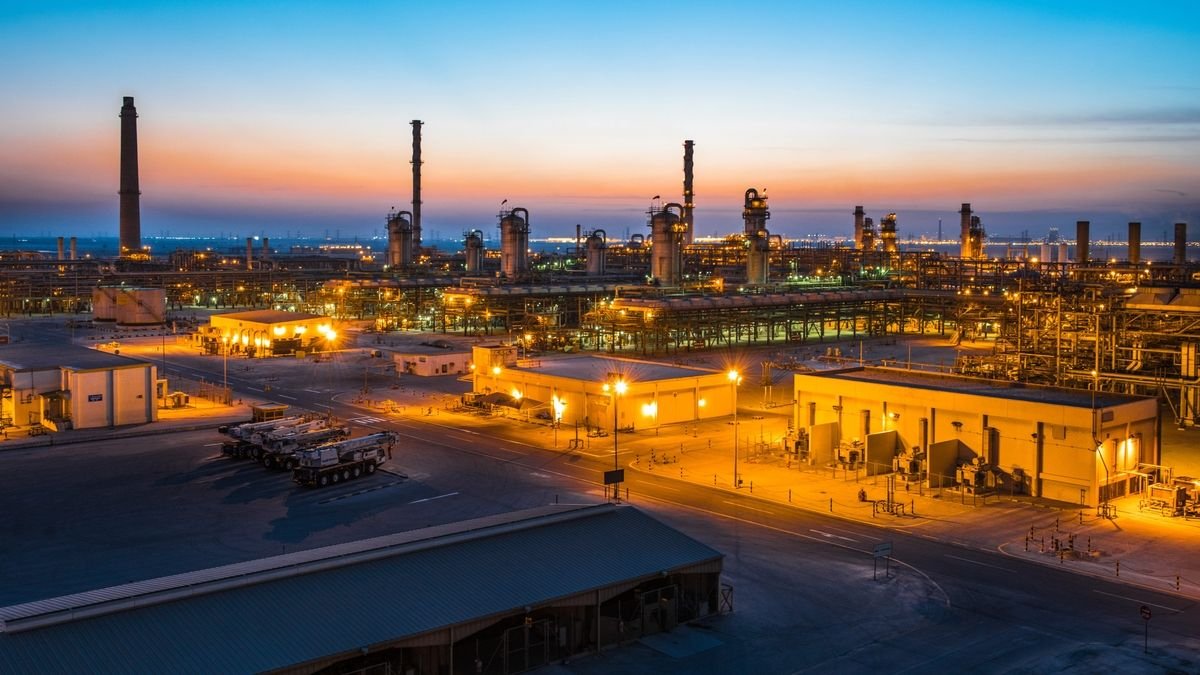In a recent statement on the state news agency SPA, Energy Minister Prince Abdulaziz bin Salman announced a significant increase in the proven reserves at Saudi Aramco’s Jafurah gas field. The additional 15 trillion standard cubic feet of gas brings the total reserves at Jafurah to an impressive 229 trillion cubic feet of gas and 75 billion barrels of condensates.
Saudi Arabia is actively working on the development of its unconventional gas reserves, employing advanced extraction methods similar to those used in the shale gas industry. Jafurah, identified as the kingdom’s largest unconventional non-oil associated gas field, is poised to become one of the most substantial shale gas developments globally, rivaling those in the United States.
Back in 2020, estimates suggested that the Jafurah field would require investments totaling $110 billion. Saudi Aramco has set ambitious production goals, aiming for an output of 420 million cubic feet per day of ethane by 2030. Additionally, the Jafurah field is expected to contribute approximately 630,000 barrels per day of gas liquids and condensates by the same year, according to information available on the company’s website.
In parallel news, Qatar has announced a significant increase in its gas production despite the current challenges posed by a sharp decline in global gas prices. QatarEnergy Chief Saad al-Kaabi shared details of an expansion plan that will add another 16 million tonnes per annum (mtpa) to existing plans, bringing the total liquefied natural gas (LNG) production capacity to 142 mtpa. This move by Qatar comes amid intense competition, especially with the United States, as it strategically aims to extract more of this valuable resource.
The announcement from Qatar coincides with US gas prices trading near an all-time low, adjusted for inflation. This is a notable development after a decade of significant increases in the United States’ oil and gas output, establishing the country as one of the top exporters in the industry.



